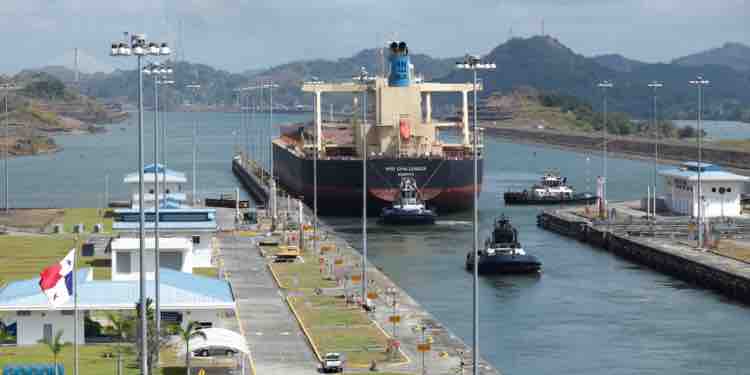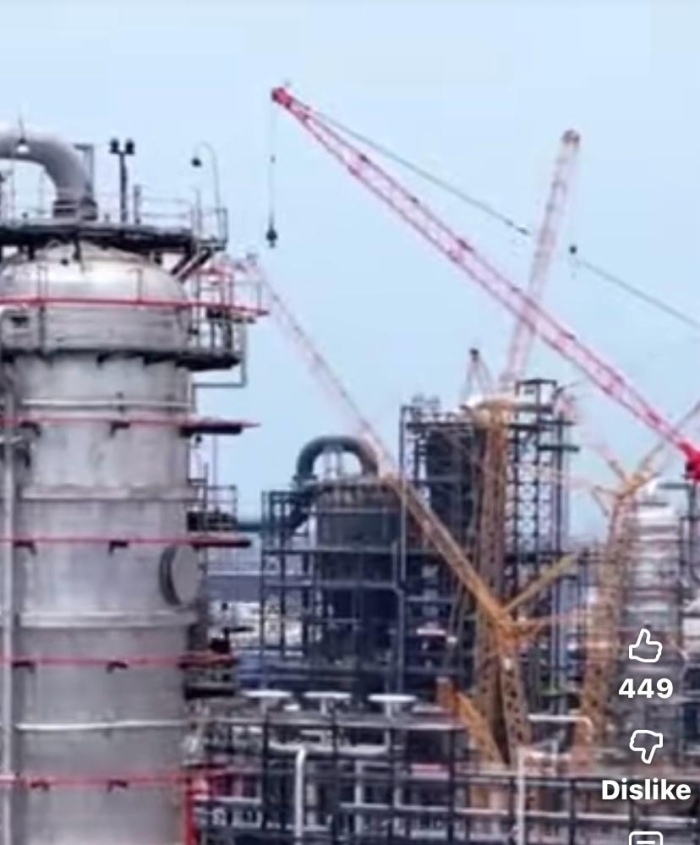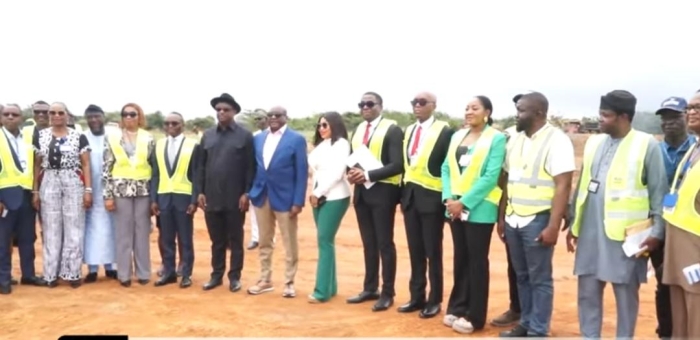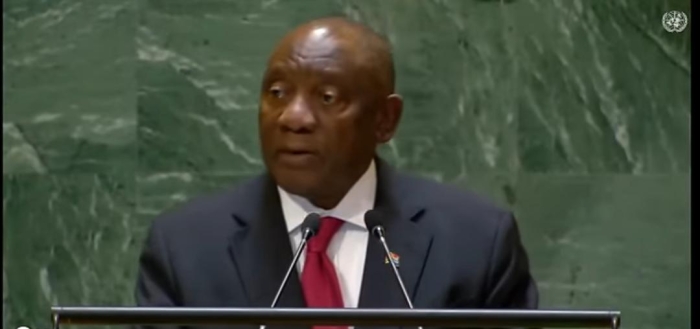The shortage of vessels resulting from the limitations at the Panama Canal, according to a recent statement from Nigeria Liquefied Natural Gas (NLNG) Limited, is one of the factors driving up the price of liquefied petroleum gas (LPG), commonly referred to as cooking gas. The corporation added that the foreign exchange crisis and oil prices are further issues. NLNG claims that the lack of vessels as a result of the Panama Canal crisis has raised transportation prices, which are then passed along to final consumers.
There are now signs that things will worsen, which would make Nigerians' soaring LPG bills even more excruciating. Remember that the NLNG can only provide 40% of Nigeria's needs, meaning that 60% of the country still depends on LPG imports. Perspectives on Panama Canal Limitations An unusual drought that may be made worse by El Nino and climate change is plaguing the Panama Canal. Record low water levels in Gatun Lake, which is critical to the canal, are causing increasingly stringent limitations on ship transits. This is a summary of the circumstances:

Drought Made Worse by Climate Change and El Nino Levels below 80 feet are recorded in the canal's primary water source, Gatun Lake. The drought is made worse by El Nino's warming impacts on the Pacific Ocean. In 2023, the world's sea surface temperatures reached a record high, which further exacerbated the issue. Canal Authority's Reaction: Because of the lack of water, ship passage restrictions have been strengthened.
Beginning on November 1, the average daily transit count decreased from 32 to 31 ships, with additional declines anticipated in the upcoming months. Effect on Shipping and Freight Prices: Experts caution against the possibility of lengthy lines driving up freight prices. Due to restricted canal access, ship operators may choose to charge more or take longer routes. Limitation Schedule: The number of transits per day will now progressively decline from around 38 to 40 to 31 from November 1, 25 from November 3, 24 from November 7, 22 from December 1, 20 from January 1, 2024, and 18 from February 1, 2024, in the first place.
Extra Water-Saving Techniques The Panama Canal uses a number of strategies, such as simultaneous crossings, water reuse, and timetable optimization, to deal with the protracted drought and guarantee smooth canal operations. Kayode Oluwadare, a natural gas expert, told Nairametrics that the Panama Canal has been a significant man-made maritime route for dry and wet cargo boats since its establishment.
Connecting the Atlantic and Gulf of Mexico to the Pacific Ocean, the 80-kilometer waterway has been a major facilitator of international trade, particularly between the United States and Asian nations, since its completion in 1914. He added that the canal has served as a crucial path for the transportation of big gas and oil boats like VLGC and VLCC. The drought in recent years has caused a considerable decline in the water level at the Panama Canal.
lengthy lines of vessels waiting to utilize the canal and abnormally lengthy wait times are the result of this, which has badly impacted the smooth transit of vessels carrying crude oil, LPG, LNG, and other commodities. Over 60% of all seaborne trade worldwide is impacted by the activity surrounding the waterway, which is seriously disrupting regular shipping timetables.
One of the main causes of the nationwide increase in LPG prices at the moment is the interruption at the Panama Canal. In an attempt to bypass the lengthy lines, the majority of vessels—including LPG vessels—that must use the canal must either pay a premium through an auction to move up to the front of the line, wait extra days or weeks in line, or take a longer route like the Cape of Good Hope. The final expense of these costly shipping and insurance initiatives falls on the end consumers of LPG at the time of import.
Additional Information on the Panama-Nigeria Canal Connection Since the plant's start of operations in 1999 and 2000, the primary use of the Panama Canal in the Nigerian context has been the transportation of liquefied natural gas (LNG) from NLNG's Bonny facility to the customers in South America. While LPG is sold on a free-on-board (FOB) basis, the majority of LNG shipments from Nigeria to South America are made on a cost, insurance, and freight (CIF) basis.
Dry bulk transport from Nigeria to South America and the Asia-Pacific area has also been accomplished via the Panama Canal. It's also crucial to remember that a significant portion of imported LPG comes from nearby African nations, so it's not just from the areas and locales around the Panama Canal. However, given the worldwide concerns around inflation and growing expenses, the bottleneck at the canal is adding to the lack of vessels required for the transit of goods, especially LPG. Then, within the pool of the few vessels that are available for trip charter, there is a premium to be paid to charter a vessel.
The end consumers of LPG on the streets of Lagos, Enugu, Kaduna, and other parts of the nation would ultimately be charged for this expense. Expect increased prices. As previously said, it is anticipated that LPG prices will increase even more because there is little chance of an improvement in the short- to medium-term scenario surrounding the Panama Canal. Other still-active variables, such as exchange rate volatility and the unpredictability of global crude oil prices, which LPG prices are pegged to, are contributing to the surge in local LPG costs. In the meanwhile, it's anticipated that the strong winter LPG demand in Europe and several Asian regions will maintain upward pressure on global LPG prices.
Expect record-high LPG prices between now and the end of 2023, Nigerians. End users are already paying more than N1,200 per kilogram to replenish their cooking gas canisters across the nation. Amidst the tightening restrictions at the Panama Canal and the impending holiday season, some analysts predict that cooking gas might cost as much as N1500 per kilogram at Christmas.













